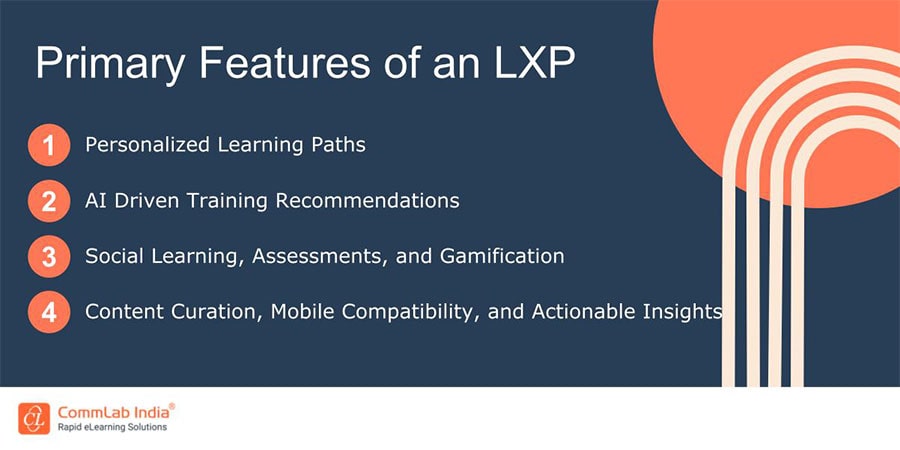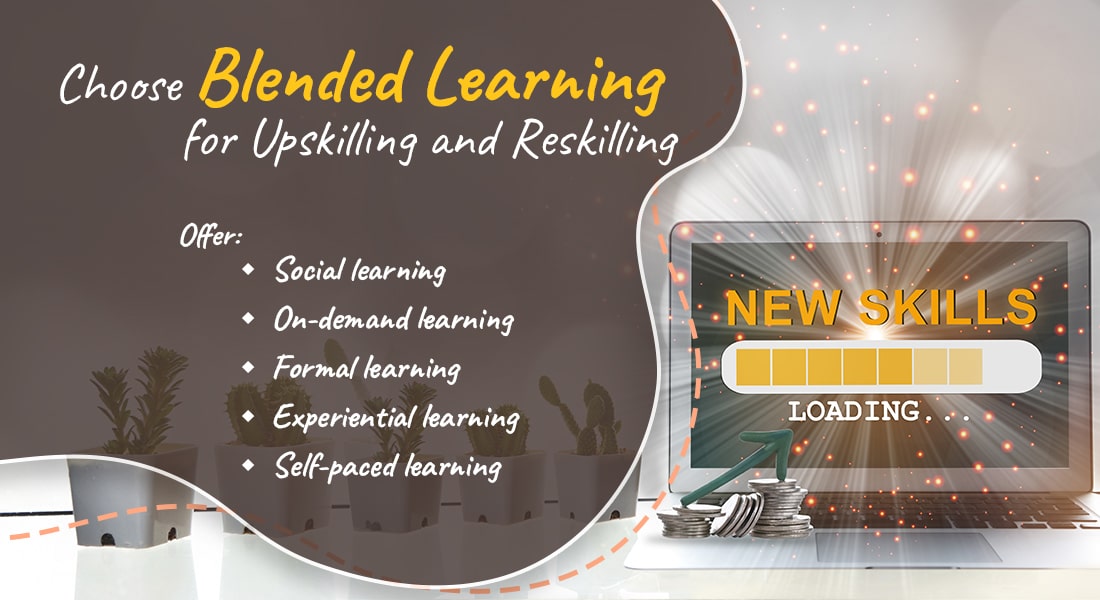Enhancing Inclusivity: Leveraging AI Tools for Accessibility in Online Training

In the rapidly evolving landscape of online training, accessibility remains a key concern. As technology continues to reshape the way we learn, it is crucial to ensure that training content is accessible to all, including individuals with disabilities. Artificial Intelligence (AI) tools have emerged as powerful allies in addressing accessibility challenges in online training. In this blog post, we will explore the various ways AI is being employed to enhance accessibility in online training.
Need to Enhance Accessibility for Online Training? Try AI Tools!
Here are a few ways they can help -
- AI-Powered speech-to-text and text-to-speech tools
- Computer vision for visual assistance
- Adaptive learning platforms
- Gesture and voice recognition for motor impairments
- Chatbots for cognitive support
Understanding Accessibility in Online Training
Accessibility in online training refers to the design and delivery of training content in a manner that allows individuals with diverse abilities to access, understand, and engage with the material. This includes considerations for people with visual, auditory, motor, and cognitive impairments. Ensuring accessibility not only complies with legal requirements, such as the Americans with Disabilities Act (ADA) and the Web Content Accessibility Guidelines (WCAG) but also promotes a more inclusive learning environment. Apart from these, Section 508 compliance is also quite mandatory for learning courses and this small video will help you understand why they are needed.
How AI Tools Can Enhance Accessibility for Online Training
1. AI-Powered Speech-to-Text and Text-to-Speech Tools
For individuals with hearing impairments, AI-powered speech-to-text tools play a pivotal role in converting spoken words into written text. This functionality allows learners to read the content in real-time, facilitating their comprehension of lectures and discussions. On the flip side, text-to-speech tools convert written text into spoken words, aiding those with visual impairments. These tools use natural language processing (NLP) and machine learning algorithms to enhance accuracy and fluency.
→ Download Checklist Now: How to Develop Effective Online Training Programs
2. Computer Vision for Visual Assistance
AI's computer vision capabilities are revolutionizing accessibility for individuals with visual impairments. Optical character recognition (OCR) technology, for instance, enables the conversion of printed or handwritten text into machine-encoded text. This can be particularly beneficial for learners who rely on braille displays or screen readers. Additionally, object recognition algorithms help describe images and visual content, providing a more comprehensive learning experience for visually impaired learners.
3. Adaptive Learning Platforms
AI-driven adaptive learning platforms tailor training content based on individual learner needs and preferences. This not only enhances the overall learning experience but also accommodates diverse learning styles and abilities. These platforms use algorithms to analyze learner performance, adapt content difficulty levels, and provide personalized feedback, ensuring that each learner can progress at their own pace. Nowadays, LXPs are one of the best examples of what adaptive learning has to offer. Check out a few features of LXPs to understand more about them.

4. Gesture and Voice Recognition for Motor Impairments
Individuals with motor impairments may face challenges in navigating learning management systems(LMS) , online learning platforms, and learning experience platforms(LXP) and interacting with their content. AI tools that incorporate gesture and voice recognition technologies alleviate these obstacles. By allowing users to control interfaces through simple gestures or vocal commands, these tools provide an alternative means of interaction, fostering a more inclusive training experience.
5. Chatbots for Cognitive Support
Cognitive disabilities can impact a learner's ability to process information, remember instructions, or maintain focus. AI-powered chatbots integrated into online training platforms can offer real-time cognitive support. These virtual assistants can provide clarifications, repeat instructions, and offer personalized guidance, enhancing the learning experience for individuals with cognitive impairments.
Challenges and Considerations
While the integration of AI tools for accessibility in online training brings forth promising solutions, it is essential to acknowledge and address the challenges associated with their implementation. Ensuring the success of these technologies requires a comprehensive understanding of the obstacles they may encounter and some of them are mentioned below.
1. Privacy and Security Concerns
One of the primary challenges revolves around safeguarding user data. As AI tools collect and process sensitive information to personalize learning experiences, it is crucial to implement robust security measures. Trainers and developers must prioritize data encryption, secure storage practices, and compliance with data protection regulations to build trust among users. Here are a few ways you can keep your mobile data secure, as most of the users prefer mobile devices for their online training.

2. Algorithmic Bias
AI algorithms, while powerful, are not immune to biases. Pre-existing biases in training data can lead to discriminatory outcomes, adversely affecting certain groups of learners. Constant monitoring and auditing of AI algorithms for biases, coupled with efforts to diversify training datasets, are necessary to ensure fair and equitable training opportunities for all.
3. User Training and Familiarity
Implementing AI tools effectively involves ensuring that both educators and learners are adequately trained and familiar with the technology. Resistance to change and lack of understanding can impede the successful integration of AI tools. Comprehensive training programs and ongoing support are essential to bridge this knowledge gap and promote widespread adoption.
4. Continuous Evolution of AI Technology
The field of AI is dynamic and continually evolving. Keeping pace with advancements in AI technology is a perpetual challenge for educators and developers. Regular updates, maintenance, and a commitment to staying informed about the latest developments are necessary to ensure that AI tools remain effective and relevant over time.
Future Prospects
As we look ahead, the synergy between AI and accessibility will continue to play a pivotal role in shaping the future of online training. The ongoing development of AI technologies promises even more innovative solutions to address accessibility challenges. However, it is crucial to approach these advancements with a focus on ethical considerations and an unwavering commitment to creating an inclusive training landscape.
Wrapping Up!
The integration of AI tools in online training has the potential to revolutionize accessibility, making training more inclusive and empowering learners with diverse abilities. As technology continues to evolve, the synergy between AI and accessibility will play a pivotal role in shaping the future of online training, breaking down barriers, and ensuring that learning opportunities are truly available to everyone. Here is a free checklist for you to develop effective online programs, download it now!


![Online Training — How to Develop Effective Programs [Checklist]](https://no-cache.hubspot.com/cta/default/59327/ae131a0f-e51b-4928-8e55-88f70c46a14e.png)

![3 Methods to Integrate Social Learning with Online Training [Infographic]](https://blog.commlabindia.com/hubfs/Imported_Blog_Media/confidence-based-assessments-elearning-infographic.jpg)
